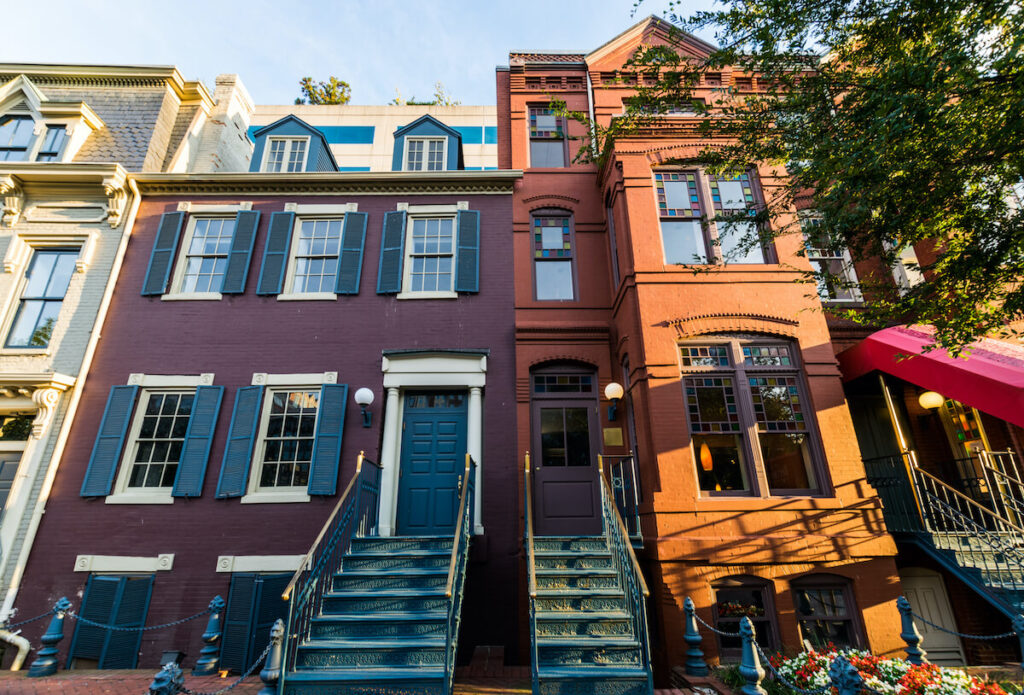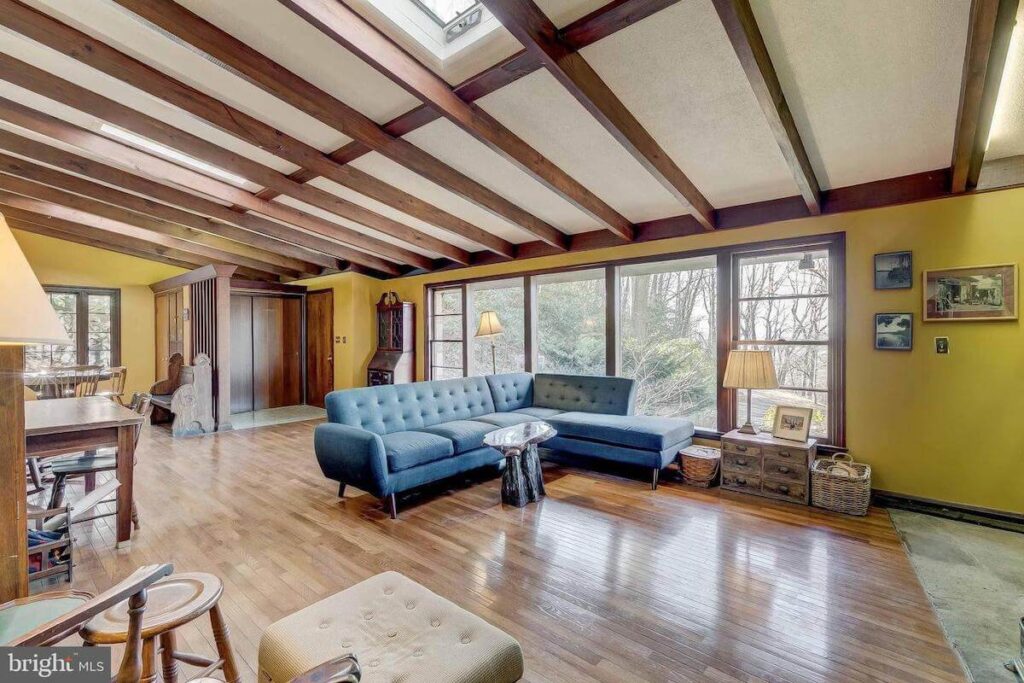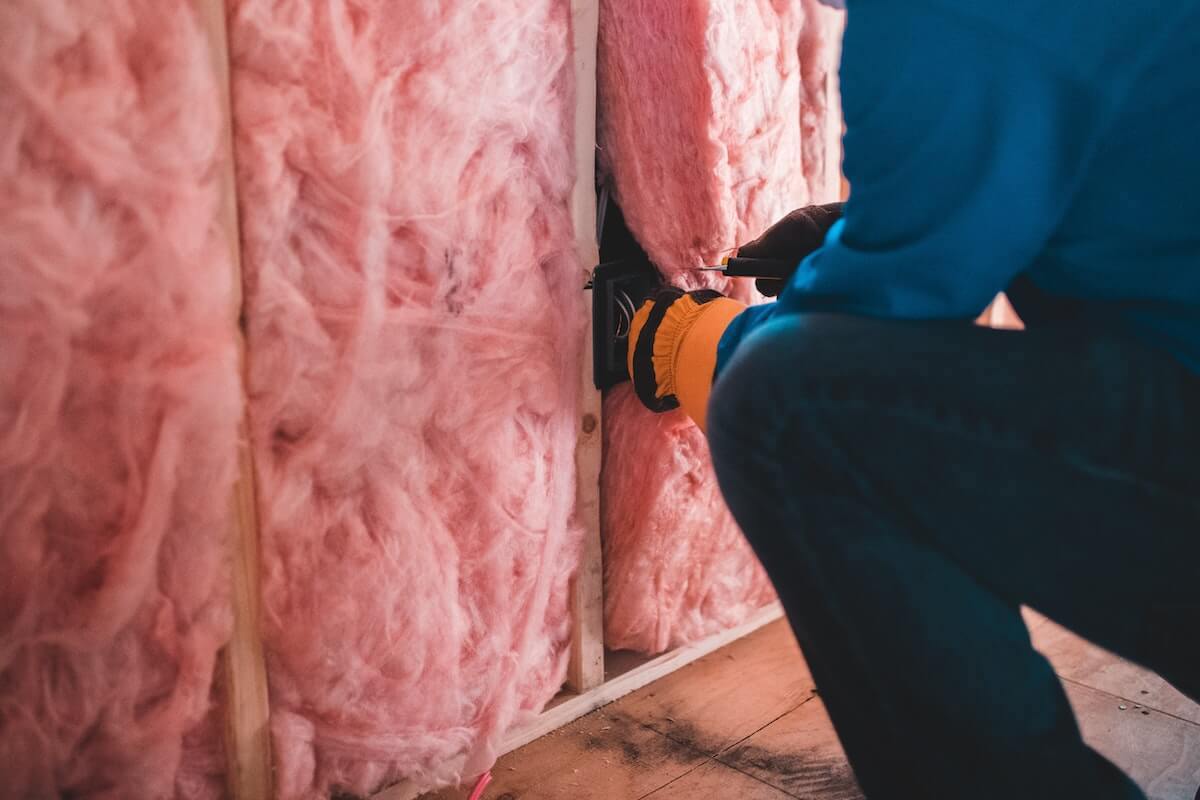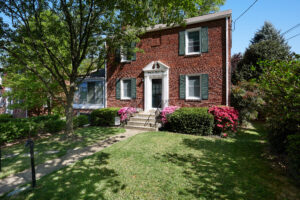Looking for ways to stay warm and toasty this winter without paying the price? I’ve got a secret for you: proper insulation is a key component in achieving a tight building envelope. When insulating your home, there are a few sneaky tips that can help you keep energy use AND costs down.
The first step is figuring out what your home needs. The amount of insulation needed depends on climate, section of the house, and type of HVAC system. However, generally, the recommended level for most attics is to insulate to R-38 (or about 10 to 14 inches) depending on insulation type.
Got that part down? Great, here are 5 sneaky insulation tricks to keep your energy costs down.
Make sure you are covering all the right areas.
You want to make sure to insulate the attic hatch cover and install weather stripping on the frames, and make sure the insulation covers the attic’s vertical/knee wall.
Missing areas can cost you in the long run. We paid thousands for new insulation, but our contractors missed the vertical attic walls so all of the cold/hot air just ran down the wall into our living space. Although our attic is properly insulated, air bypasses still exist which allow the air from the attic to enter the interior wall cavities of the home. This raises the temperature of the house in the summer and lowers it in the winter.
Insulate drafty doorways.
Have you ever walked by a door and felt a bit of a breeze? Oftentimes, there can be a draft coming through a door frame, allowing outside air into your home. You can utilize weather stripping for the bottom gap between your doors and the floor. Weather stripping will reduce the gap and add extra insulation for your home. If you find your doorway is a little extra drafty, go ahead and use weather stripping around the entire doorframe.

Switch to LED lighting.
Switching your light fixtures and bulbs can make a great impact on your energy expenditure each month. If you have recessed lights, companies will typically try to sell you on can light protectors since you cannot have a hot bulb next to the insulation. Switching to LED lighting will burn cooler, so you won’t need to purchase light protectors. LED lights are more energy efficient in their own right which will help reduce your bill as well.
Install insulation underneath your flooring.
A place that can be overlooked when insulating a home is the flooring above any unconditioned areas (think about your garage). The flooring without insulation can cause a room temperature to be warmer in the summer months and cooler in the winter months, causing you to spend more regulating the temperature in your whole house. A small update of insulating underneath the floor in those areas can help to better regulate the the temperature in your home all year round.

Install a fiberglass insulation jacket on the exposed exterior basement walls.
Notice your basement is always a different temperature? With exposed basement walls you allow the temperature outside to draft through the walls into your basement. Installing an insulation jacket adds an extra barrier to keep your hot/cold air in.
Insulating your walls also offers HUGE energy saving benefits. Newer homes have insulated walls but older homes do not. It can be a big investment but it also has a huge return. If you’re looking to get started, the DOE provides an online zipcode insulation website that provides recommended R value based on climate and HVAC type.
Insulate or air seal the rim joist.
At the top of your basement walls are rim joists. Rim joints look like wooden squares and help support the floor above. These squares are typically bare, so the only thing between the blank space of the rim joist and the weather outside is the siding on your house. Insulating or sealing the rim joists can make a big impact on managing the temperature in your home.
Insulating your home doesn’t need to be a nightmare, and these small changes can make a big impact in the long run. Now that you know these sneaky tips you can stay comfortable in your home, and feel comfortable when your next energy bill arrives.





